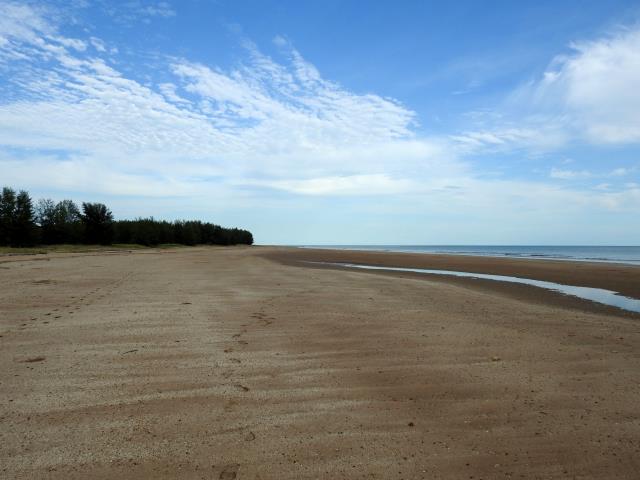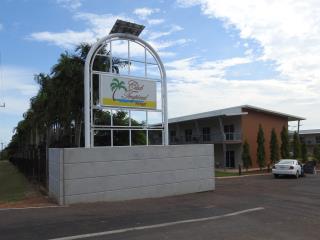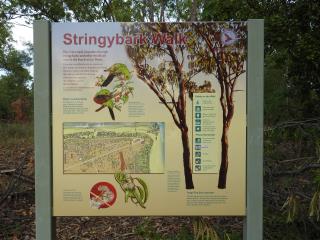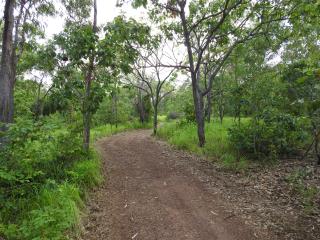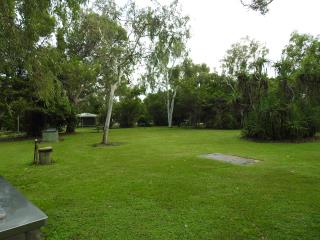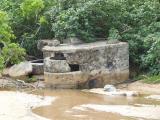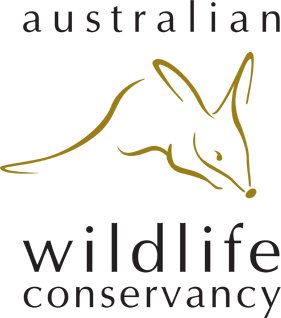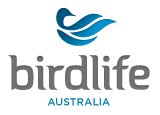Where to Watch Birds
Stringybark Walk to Lee Point
The Club Tropical Resort is situated within walking distance of birding hotspots including Casuarina Coastal Reserve, Lee Point and Buffalo Creek.
From Club Tropical you can do a 90 minute circuit walk starting with the Stringy Bark Walk, strolling through Casuarina Coastal Reserve and continuing down the beach at Lee Point, turn back onto the Buffalo Creek Road and return to the resort.
Directly across the road from the main Club Tropical Resort entrance you will see the sign marking the start of the 'Stringbark Walk'. There may be a padlocked gate, don't be put off, it is to keep unauthorised vehicles out. Take the track to the right of the sign and follow it. About 230 metres along the Stringybark track there is a mini floodway that crosses the track. Pause, listen and look... in the stone-lined gully below, and within a 30m radius a good variety of species are often seen including Australasian Figbird, Green Oriole, Bar shouldered Dove, Peaceful dove, White bellied cuckoo-shrike, Red-collared Lorikeet, Red-winged Parrot, Black Kite, Whistling kite, Little Corella, Rose-crowned Fruit
Dove, Varied Triller, Black-faced Cuckoo-shrike,
Rainbow bee-eater, Brown Honeyeater, White throated Honeyeater, Orange-footed Scrubfowl, Long-tailed finch, Spangled drongo, Leaden flycatcher, Little Bronze Cuckoo and Northern Fantail. Varied Lorikeets are often seen flying high overhead, initially recognized by their shrill call.
On the left there is a track that leads to the beach. Striated Pardalotes are often in the tall Casuarinas on the edge of this track. Grey-crowned Babblers nest in the tall eucalypts near this track and you could see them getting about together in a group of five to eight anywhere here.
From there continue northwards to the beach and turn right, this is the section of beach which is off limits to dogs in order to allow some sanctuary for migratory birds. Avoid disturbing any birds by walking well above the high tide mark. As you walk along the beach close to the strip of vine thicket, you will have the opportunity to hear and see monsoon forest species on your right as you scan the shore for waders. The ideal tide height for wader watching at Lee Point is between 5.5m and 6.5m, any lower and the birds are too far away to see and any higher they tend to be pushed off to find another area to roost.
When you reach a derilect bunker on the edge of the vine thicket, you have the option to follow the track alongside the bunker a short distance to reach Buffalo Creek Road. You can make your return journey to the resort along the road, or continue along the beach a bit further and explore Buffalo Creek. This will add about an hour to outing.
Search the vine thicket near the bunker for Rose-crowned Fruit Dove, Grey Whistler and Black Butcherbird. Sometimes Rainbow Pittas are seen here too. The walk back, either side of the road can be quite productive too. Red-tailed Black Cockatoos and Red-winged Parrots are often seen in the trees and Chestnut-breasted Mannikins, Crimson and Double-barred Finches feeding in the grasses along the roadside verges.
Our Best of Top End Birding and Kakadu Naturalist Tours often include this location as part of a guided tour and finish up with dinner and accommodation at the Club Tropical.
Links below are to other excellent birding locations within the Darwin and Palmerston suburban areas.
